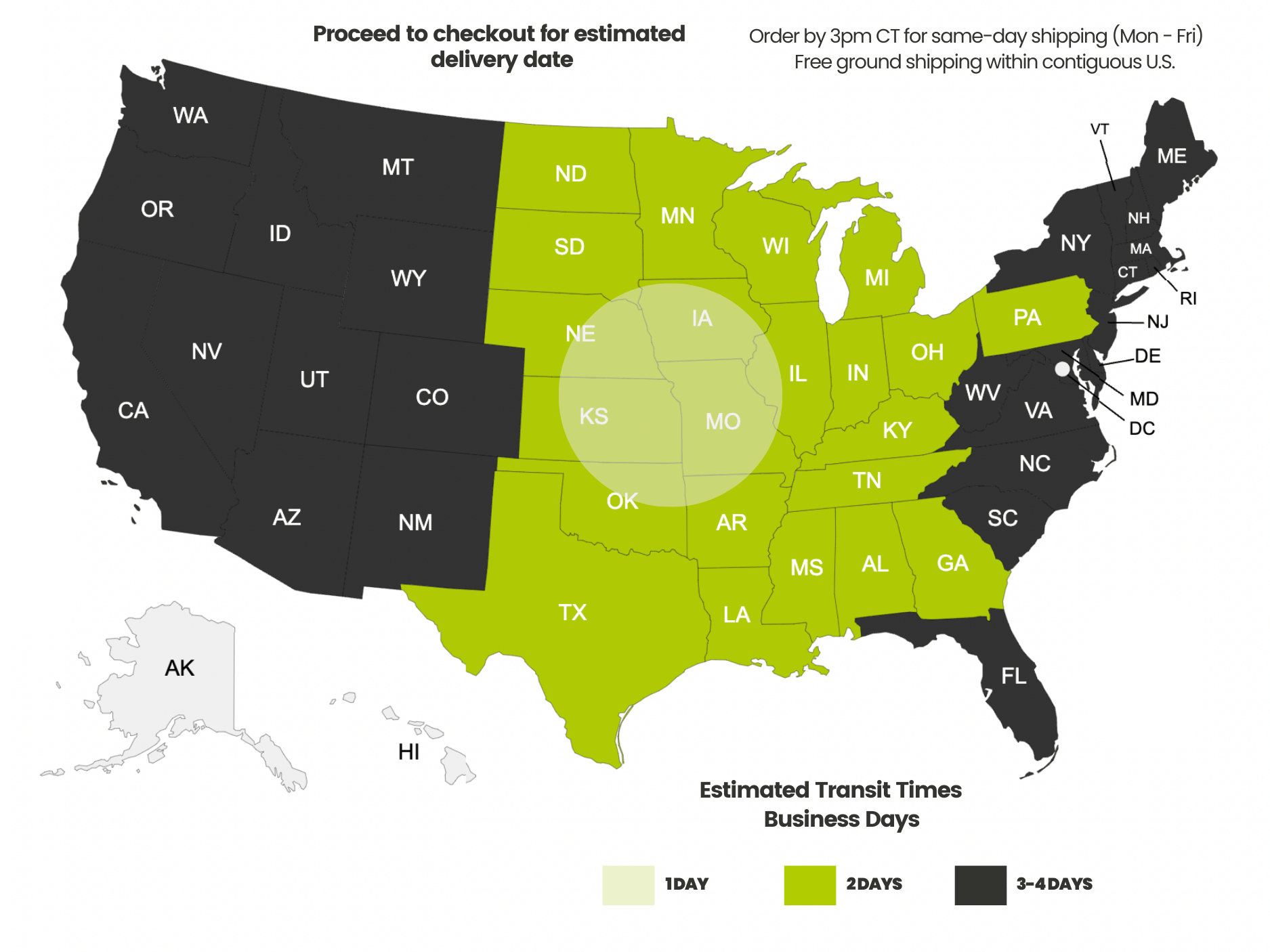Payment methods accepted

How To Use A Fiber Optic Media Converter In Your Network
Written by Ben Hamlitsch, trueCABLE Technical and Product Innovation Manager RCDD, FOI
Over the years, the use of a media converter has steadily grown due to how easy it is to change a copper connection into a fiber connection at a low cost and without interrupting services. Fiber can provide a straightforward and simple method for reaching distances unattainable by traditional UTP copper wiring. Once limited to local area networks (LANs), media converters are now used on a wide range of networks. We will go over some of the best practices for installing a media converter and connecting it to hardware like a network switch, an optical transceiver, and fiber or copper cable. These methods can also be used to run your home network over fiber optics.

A Beginner's Guide To Using A Fiber Optic Media Converter
Today, fiber optic media converters are used in a wide variety of applications, from security and surveillance to government and defense to enterprise and campus LANs, all of which require a connection that converts between copper and fiber. Due to their traditional small size, media converters are ideal for use in desktops, wire closets, and data centers. Although media converter cabling practices may differ slightly depending on the specifics of the application, the underlying principles remain the same. In the following section, we'll look at two common scenarios where you might need to connect a media converter.
What Is A Fiber Optic Media Converter?
A fiber optic media converter is a networking device that converts data signals from one type of media to another. In most cases, fiber optic media converters convert between copper and fiber optic cables. This allows you to connect devices that use different types of cabling, such as a computer with an Ethernet port to a network switch with a fiber optic port.
When A Single Fiber Optic Media Converter Is The Right Choice
To connect copper cabling to a fiber device, a single media converter is occasionally required, even though it is more common to deploy a pair of fiber media converters in a network. As shown in the figure below, connecting an Ethernet switch (Switch B) with RJ-45 interfaces to an SFP switch requires the use of a fiber media converter with one SFP slot and one RJ-45 port (Switch A). Connecting a fiber optic cable and a copper cable to a media converter can be done in the following ways:
- Connect Switch B's copper connection to the fiber media converter's RJ45 port with a UTP cable.
- Next, insert a media converter SFP transceiver and a Switch A SFP module.
- Connect the media converter and switch A SFP transceivers with fiber patch cables.

Using Two Fiber Optic Media Converter
For a much greater communication distance range, it is common practice to use a pair of fiber media converters to extend the length when it requires distance beyond the length limitation of UTP cable. These applications represent the overwhelming majority of networked media converter applications. Next, we will take a look at the process for connecting a media converter pair to a network via transceivers, switches, fiber, and copper connections.
- Connect Switch A's copper connection to Fiber Optic Media Converter #1's RJ45 connector with a UTP cable.
- Plug SFP modules into fiber media converters #1 and #2.
- Connect fiber optic media converters #1 and #2 with a fiber patch cable.
- Connect fiber media converter #2's RJ45 connection to Switch B via a UTP cable.

Note: Optical transceivers are hot-pluggable, so the media converter doesn't need to be turned off to swap them in or out. Always remove the fiber patch cable before removing the transceiver, and install the transceiver into the media converter before inserting the cable into the transceiver port.
Essential Considerations When Incorporating Fiber Optic Media Converter In Your Network
Media converters are simple devices that make it easy to connect different types of networks. However, you still need to be mindful of a few key factors when integrating them into your network. Firstly, it's important to choose a stable, secure location for the media converter and to allow adequate space around it for proper ventilation.
It's also crucial that the transceiver wavelengths of both media converters are consistent. For example, if one transceiver has a wavelength of 1310nm/850nm, the other one should have the same. Furthermore, the data rates of the transceivers and the media converters must match. If you are using 1000BASE SFP transceivers, the media converters should be gigabit. Additionally, it's important to use the same type of transceiver, whether single mode or multimode, on both sides.
The end face of the fiber patch cable should align with the port on the media converter. Typically, SC fiber patch cables are used to connect media converters with SC ports, and LC fiber patch cables are plugged into the SFP/SFP+ ports on fiber media converters. When it comes to transmission, make sure to choose media converters that support full-duplex mode, as using half-duplex mode with full-duplex media converters can result in significant packet loss in the network. It's also essential to maintain the operating temperature within the proper range to avoid any malfunctions.
Troubleshooting Fiber Optic Media Converter In Your Network
Media converters for fiber optic cable are designed to be easy to use, but if you encounter issues with their performance, you'll need to troubleshoot. Here are some common problems and their solutions:
If the POWER LED is off and the media converter isn't receiving power, make sure the power cord is securely connected, check that the power outlet is functioning, try a different power adapter, and verify the voltage levels.
If the SYS LED is off, an internal component may be damaged or not working properly. Try power cycling the unit or contacting the supplier for help.
If the SYS LED is blinking slowly, an error is present. Try power cycling the unit, removing and re-installing the SFP module, or using a different SFP module.
If network performance between the twisted-pair port and an end node is slow, there may be a duplex mode mismatch. Adjust the duplex mode so both ports are using the same mode.
If there's no communication with the devices connected to the media converter, the fiber optic cables may be reversed or the RJ45 port may not be connected correctly.
If the whole link in the network isn't communicating constantly, it could be due to high attenuation in the fiber link, a problematic connection between the media converter and networks
What Are The Benefits Of Using A Fiber Optic Media Converter?
There are many benefits to using a fiber optic media converter, including:
Increased transmission distance: Fiber optic cables can transmit data over much longer distances than copper cables. This makes them ideal for applications where you need to extend the reach of your network, such as in a large office building or campus.
Improved security: Fiber optic cables are less susceptible to electromagnetic interference than copper cables. This makes them a more secure choice for applications where data security is important, such as in financial institutions or government agencies.
Reduced signal loss: Fiber optic cables experience less signal loss than copper cables. This means that you can get better performance over long distances with a fiber optic media converter.
Cost-effective: Fiber optic media converters are a cost-effective way to extend the reach of your network or improve its security.
What Are The Use Cases For Fiber Optic Media Converters?
Fiber optic media converters are used in a wide variety of applications, including:
Enterprise networks: Fiber optic media converters are used to connect devices in enterprise networks, such as computers, switches, and routers.

Telecom networks: Fiber optic media converters are used to connect telecom devices, such as telephones, routers, and switches.

Security systems: Fiber optic media converters are used to connect security devices, such as cameras, sensors, and controllers.

Industrial automation: Fiber optic media converters are used to connect industrial automation devices, such as robots, PLCs, and sensors.

Medical imaging: Fiber optic media converters are used to connect medical imaging devices, such as MRI machines and CAT scans.
How To Choose A Fiber Optic Media Converter
When choosing a fiber optic media converter, there are a few factors you need to consider, such as the type of media you need to convert: Do you need to convert between copper and fiber optic cables?
The distance you need to transmit data: How far do you need to extend your network?
The data rate you need: How much data do you need to transmit?
The security features you need: Do you need a media converter with security features, such as encryption?
In conclusion, media converters offer a variety of features and options to meet a wide range of network applications. Remember to consider the essential factors when connecting media converters to your network, and refer to the troubleshooting guide if you encounter any issues. Don't hesitate to reach out to us for support and expertise.
HAPPY NETWORKING!
trueCABLE presents the information on our website, including the “Cable Academy” blog and live chat support, as a service to our customers and other visitors to our website subject to our website terms and conditions. While the information on this website is about data networking and electrical issues, it is not professional advice and any reliance on such material is at your own risk.



























